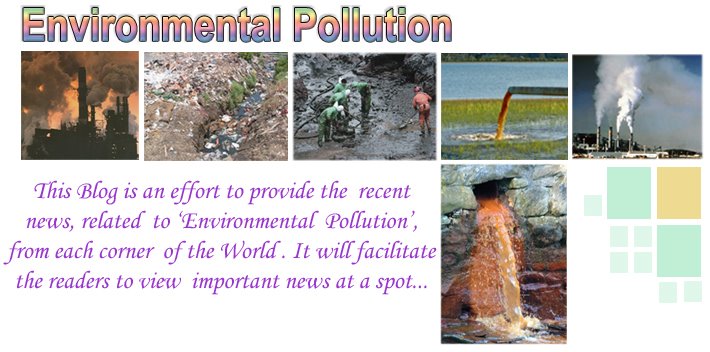The details of tiger deaths, including poaching, for the last five years is at Annexure-II.
Project Tiger is an ongoing, focused Centrally Sponsored Scheme of the Ministry of Environment and Forests, providing funding support to 17 tiger range States in the country, for in-situ conservation of tiger in the 37 designated tiger reserves. It has put the endangered tiger on an assured path of recovery by saving it from extinction, as revealed by the recent findings of the All India tiger estimation using the refined methodology. This independent report highlights the achievements of Project Tiger by showing that viable tiger population exists only in tiger reserve areas, which are under the jurisdiction of Project Tiger, while the status of outside populations are highly depleted.
Annexure-I
The reasons for decline in population of tigers are
1. Mortality of wild animals due to poaching.
2. Degradation of forest status outside Protected Areas / Tiger Reserves owing to human pressure, livestock pressure, and ecologically unsustainable land uses
3. Fragmentation leading to loss of gene flow from source populations.
4. Mortality of wild animals due to man-animal conflicts.
5. Loss of reproduction owing to disturbance on account of heavily used infrastructure like highways, etc.
6. Lack of adequate protection in outside areas.
7. Loss of forest quality in terms of prey biomass to support large carnivores like tiger and leopard.
8. Insurgency / law and order problems in some tiger reserves / protected areas / forest areas.
Annexure-II
Mortality of tigers (year-wise) as reported by States
| Year | | ||
| Natural (Animals) | Poaching (Animals) | Total (Animals) | |
| 2004 | 17 | 5 | 22 |
| 2005 | 13* | 4 | 17 |
| 2006 | 10* | 4 | 14 |
| 2007 | 20* | 10 | 30 |
| 2008 | 10* | 4 | 14 |
| 2009 (Till 22.02.2009) | 7 | 2 | 9 |
* Includes cases in which Post Mortem report is pending.

